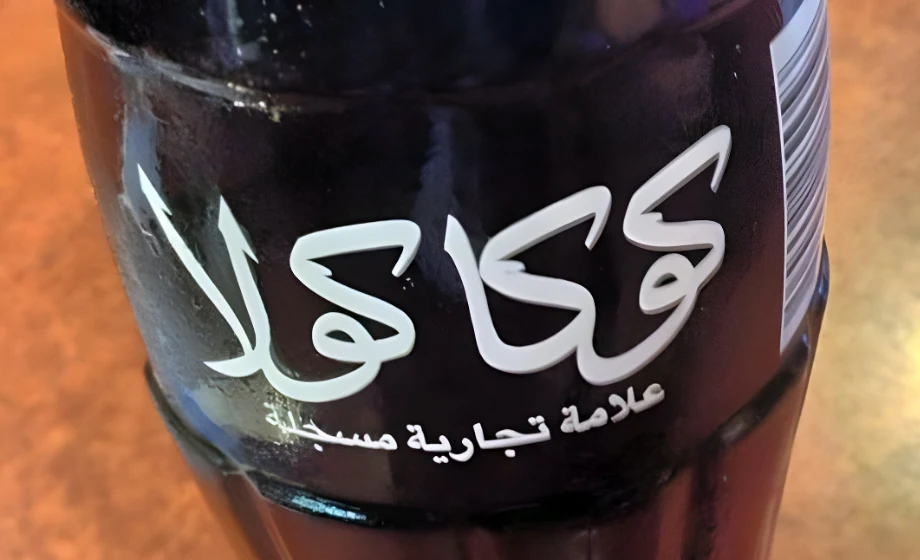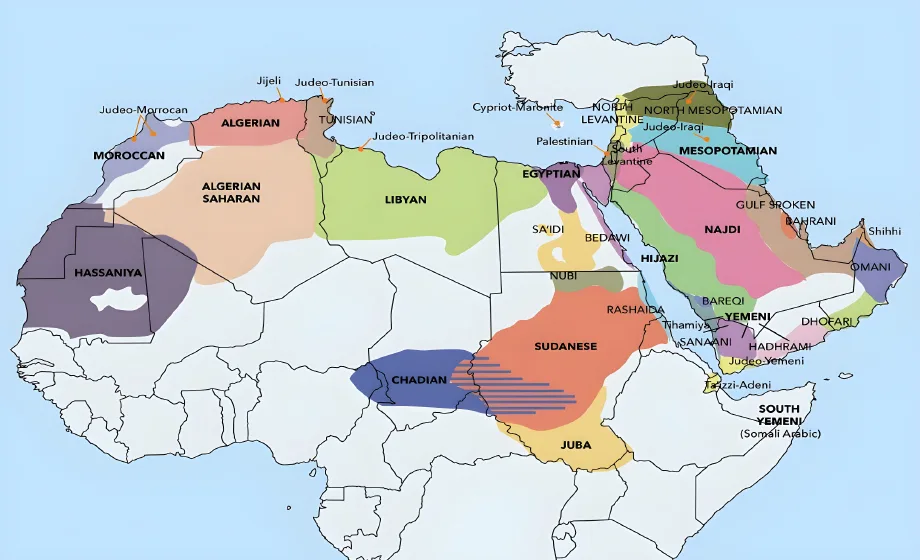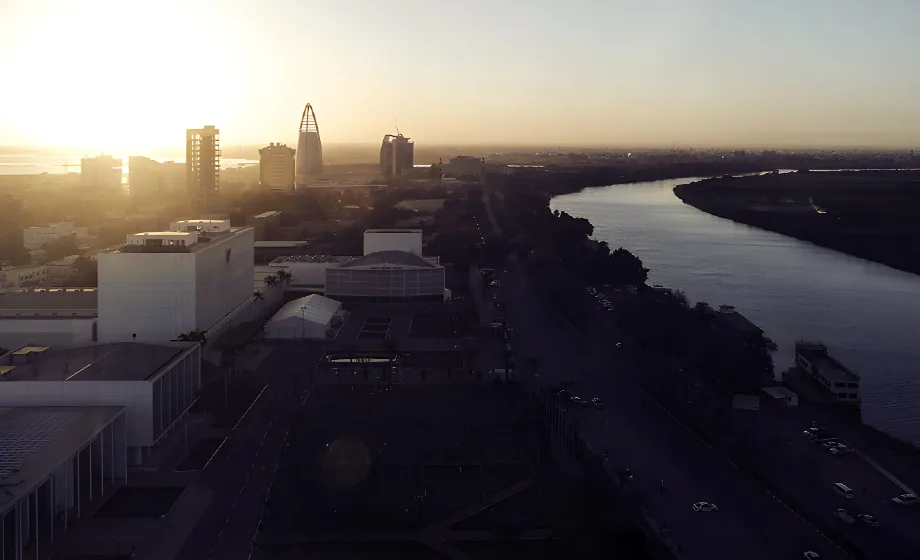Whether you are a fan of Thousand and One Night or the Nobel Prize-winning works of Naguib Mahfouz, the world of Arabic literature is as rich as it is deep. Arabic books have stirred the imagination of artists, composers, and authors for centuries. And thanks to the work of translators and enthusiasts alike, the world now has more access to these stories than at any other point in time. Sadly, however, many of these works of art or nonfiction have still yet to be translated.
With general interest and readership on the rise, the need for quality Arabic book translation is growing just as fast. This is where Industry Arabic steps in. Our team of vetted and expert translators and project managers are all proficient in As such, we have the talent and knowledge you need to complete any Arabic literary translation, no matter the format or
History of Arabic Literature:
The earliest examples of Arabic literature emerged during the 6th century in the form of epic poetry. These poems have come down to us today in the collections of the Mufaddaliyyat (المفضليات) and the Mu’allaqat (المعلقات). Some of the most famous poems contained within these volumes include those of Antara Ibn Shaddad and Imru’ al-Qais. A major shift occurred in Arabic literature with the composition of the Quran during the reign of the Caliph Uthman in the early 7th century. Considered one of the finest examples of eloquent Arabic, it standardized the Arabic language and became the ultimate form of Arabic literary expression.
During the Golden Age of Islam (8th-14th centuries), a variety of literature flourished alongside the growing wealth and scientific knowledge centered in the Abbasid Caliphate’s capital, Baghdad. Works of nonfiction in the form of compendiums became extremely popular. Data and information were collected, extracted, and translated on a myriad of topics, from medicine, astronomy, and mathematics, to travelogues, magic, and conjugal love! Some other notable literary forms to emerge during this period include the metaphorical prose poetry known as the maqama (مقامة), satirical plays, and experimental proto-novels. The latter would prove especially influential in Europe, as some of the West’s most popular stories and ideas were lifted from Arabic literature (compare Ibn Tufail’s Theologus Autodidactus to Rosseau’s conception of the “noble savage” or Defoe’s Robinson Crusoe, or Al-Ma’arri’s Epistle of Forgiveness to Dante’s Divine Comedy).
After centuries of colonization by the Ottomans and Europeans, Arab society and literature underwent a renaissance, or nahda (النهضة), of its own. The plays, poetry, and novels developed during this time experimented with new artistic conventions, such as free-form verse, while also hoping to revive classical forms of Arabic literature. The art of this period depicted the social upheaval and struggle for self-identity in the midst of the region’s new political realities. Equal to this increased artistic output was the amount of translation activity between Arabic and European works. Thus, as we can see, the history of Arabic literature is intimately tied to the field of translation.
Our Translation Philosophy:
We take all of our projects seriously, and doing so means that we apply a rigorous method to each of our translations. The following are some of the major considerations that we take whenever embarking on a new project for any client:
- FusHa vs. ‘aamiyya Arabic: There are two main forms of the Arabic language: a literary, eloquent form, or fusHa (فصحى) most often seen in print and new media; and regional, spoken dialects collectively known as ‘aamiyya (عامية). Just as in English, some famous Arab fiction writers incorporate slang in their books to give them a hint of local flavor and authenticity. In these cases, our team distinguishes between these two different registers to convey the break between formal writing and ordinary human dialogue within a text.
- Revision Process: After we have produced our initial translation, our job isn’t over. All translations go through a 2-step verification process, involving the translator and editor. Once finished with the translation, our translators then revise their own work and proofread the text. Next, our experienced editor will carefully review the translation to ensure accuracy, good style, adherence to the correct terminology, as well as correct formatting and grammar. In the end, this process produces a translation that is ready for your target audience, a text that has been carefully crafted and revised from start to finish.
- Editing & Publishing Support: Now your translation is ready for the presses! After the translation has been submitted, we will work directly with your editor or publisher to ensure the whole team agrees the work is ready for print. We will also work with them to answer any questions regarding formatting or stylistic choices, or accommodate any last-minute tweaks. Need help with font selection, graphic design, and layout? Our in-house graphics team is happy to assist with these tasks.
Previous Projects:
- Comic books: In association with a Canadian cartoon network, we translated a graphic novel into several different Arabic dialects as part of its campaign to discourage extremism in Arab youth.
Ready to begin your next Arabic literary translation project?
Simply use the form here for a quick and free quote. One of our experienced team members will reply to your request within 30 minutes to begin the translation process!


